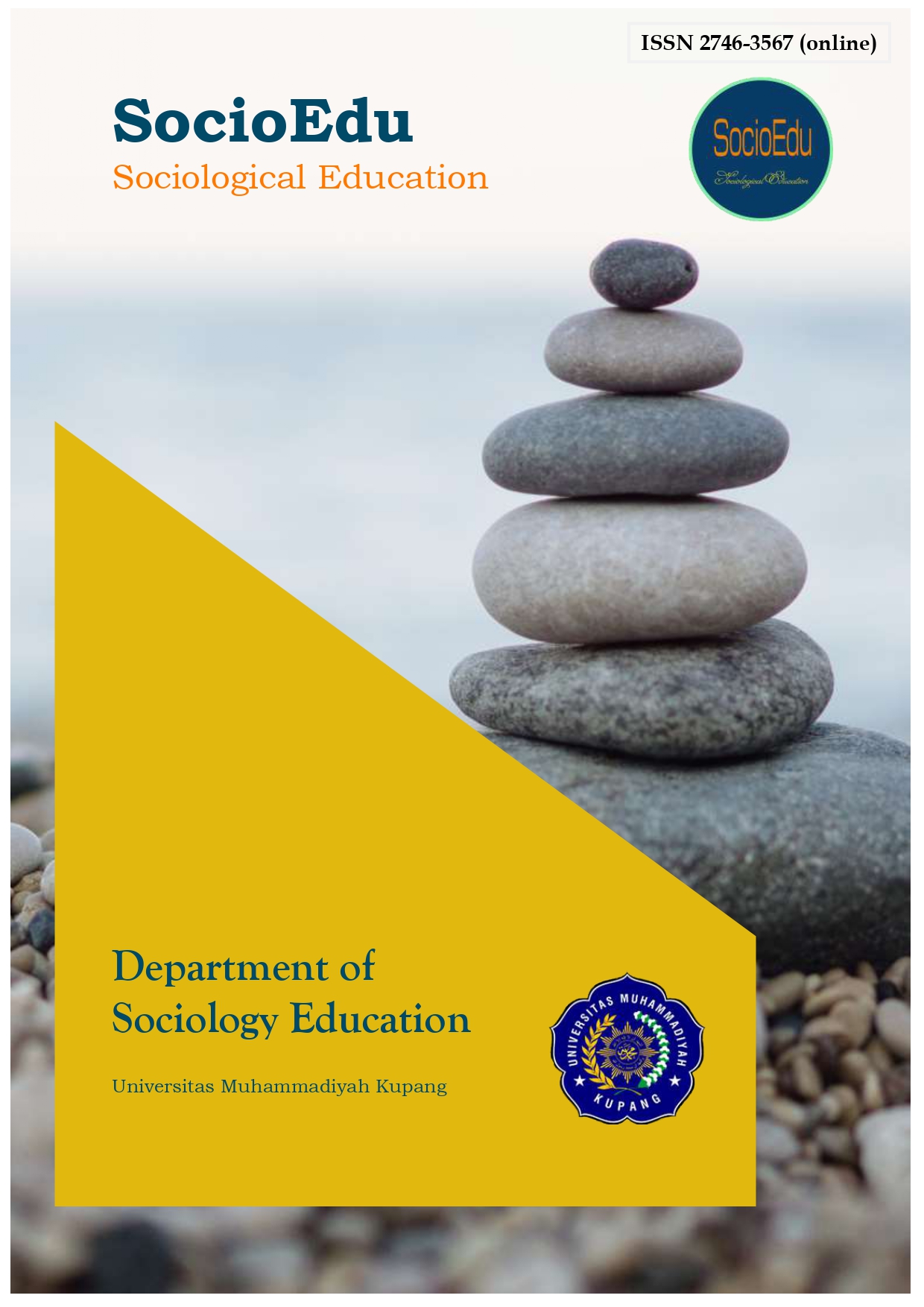Main Article Content
Abstract
This study examines the Walk & Talk method as an innovative approach to qualitative research, emphasizing its ability to capture rich, contextually grounded data through mobility and embodied experiences. By integrating walking interviews into fieldwork in Nepal, the method enhances data collection via seeding, feeding, and bridging processes. These processes facilitate reflective dialogue (seeding), provide deeper insights through physical engagement (feeding), and connect individual narratives to broader social and cultural contexts (bridging). The study illustrates how the Walk & Talk method shifts from inductive to abductive reasoning, uncovering new insights and theoretical connections in real-time. Fieldwork on spiritual practices, social relations, tourism management, and climate change adaptation demonstrates the method's effectiveness in exploring the intersections of place, identity, and social dynamics. The study highlights the method's potential for interdisciplinary applications in social anthropology, cultural sociology, and environmental studies, expanding qualitative research methodologies to explore intersectional identities and community resilience across diverse contexts.
Keywords
Article Details

This work is licensed under a Creative Commons Attribution 4.0 International License.
References
- Braun, V., & Clarke, V. (2006). Using thematic analysis in psychology. Qualitative Research in Psychology, 3(2), 77-101.
- Charmaz, K. (2014). Constructing grounded theory (2nd ed.). SAGE Publications.
- Crenshaw, K. (1989). Demarginalizing the intersection of race and sex: A Black feminist critique of antidiscrimination doctrine, feminist theory, and antiracist politics. University of Chicago Legal Forum, 1989(1), 139-167.
- Cresswell, T. (2004). Place: A short introduction. Blackwell Publishing.
- Creswell, J. W. (2013). Qualitative inquiry and research design: Choosing among five approaches. SAGE Publications.
- Evans, J., & Jones, P. (2011). The walking interview: Methodology, mobility, and place. Applied Geography, 31(2), 849-858. https://doi.org/10.1016/j.apgeog.2010.09.005
- Giddens, A. (1984). The constitution of society: Outline of the theory of structuration. Polity Press.
- Harding, S. (1991). Whose science? Whose knowledge? Thinking from women’s lives. Cornell University Press.
- Jones, P. (2017). Memory, place, and social movements: Walking through histories. Cultural Sociology, 11(4), 506-523.
- Kusenbach, M. (2003). Street phenomenology: The go-along as ethnographic research tool. Ethnography, 4(3), 455-485. https://doi.org/10.1177/146613810343007
- Lefebvre, H. (1991). The production of space. Blackwell Publishing.
- Lupton, D. (2015). Digital sociology. Routledge.
- Merleau-Ponty, M. (1962). Phenomenology of perception. Routledge.
- Pranka, M. (2020). The Walk & Talk methodology: Researching place and people. SHS Web of Conferences, 85, 03007. https://doi.org/10.1051/shsconf/20208503007
- Smith, D. E. (1987). The everyday world as problematic: A feminist sociology. Northeastern University Press.
- Soja, E. W. (1996). Thirdspace: Journeys to Los Angeles and other real-and-imagined places. Blackwell.
- Tavory, I., & Timmermans, S. (2014). Abductive analysis: Theorizing qualitative research. University of Chicago Press.
- Thrift, N. (2004). Intensities of feeling: Towards a spatial politics of affect. Geografiska Annaler: Series B, Human Geography, 86(1), 57-78.
